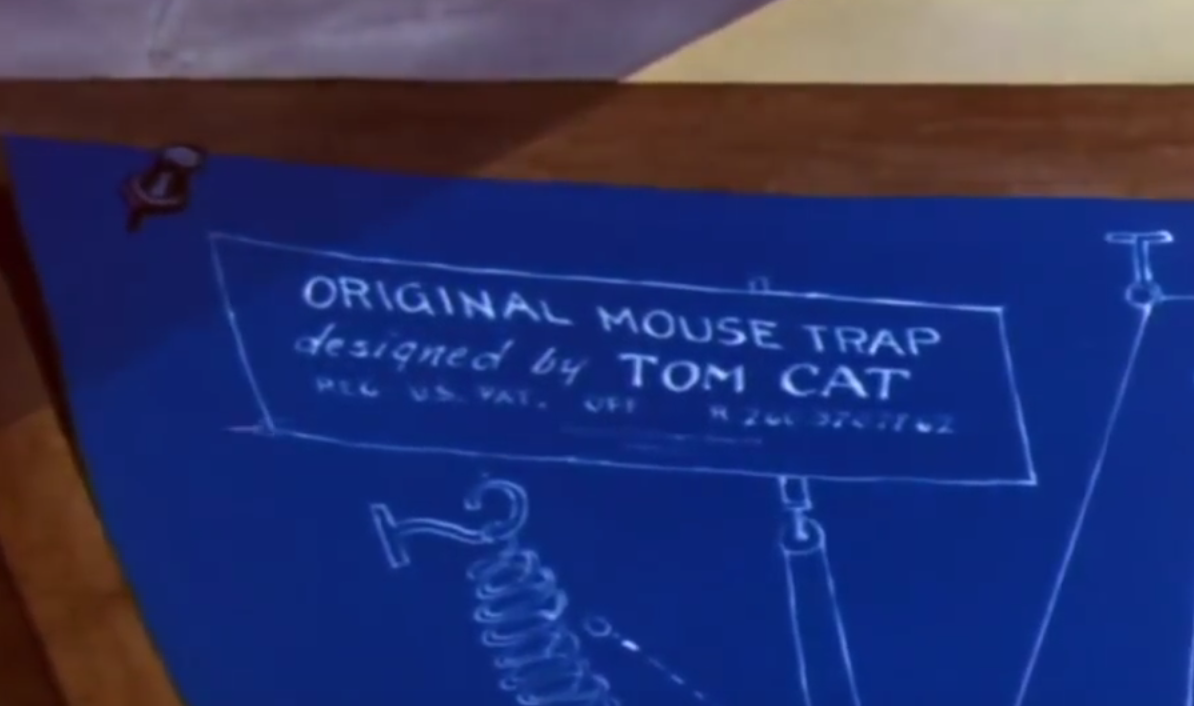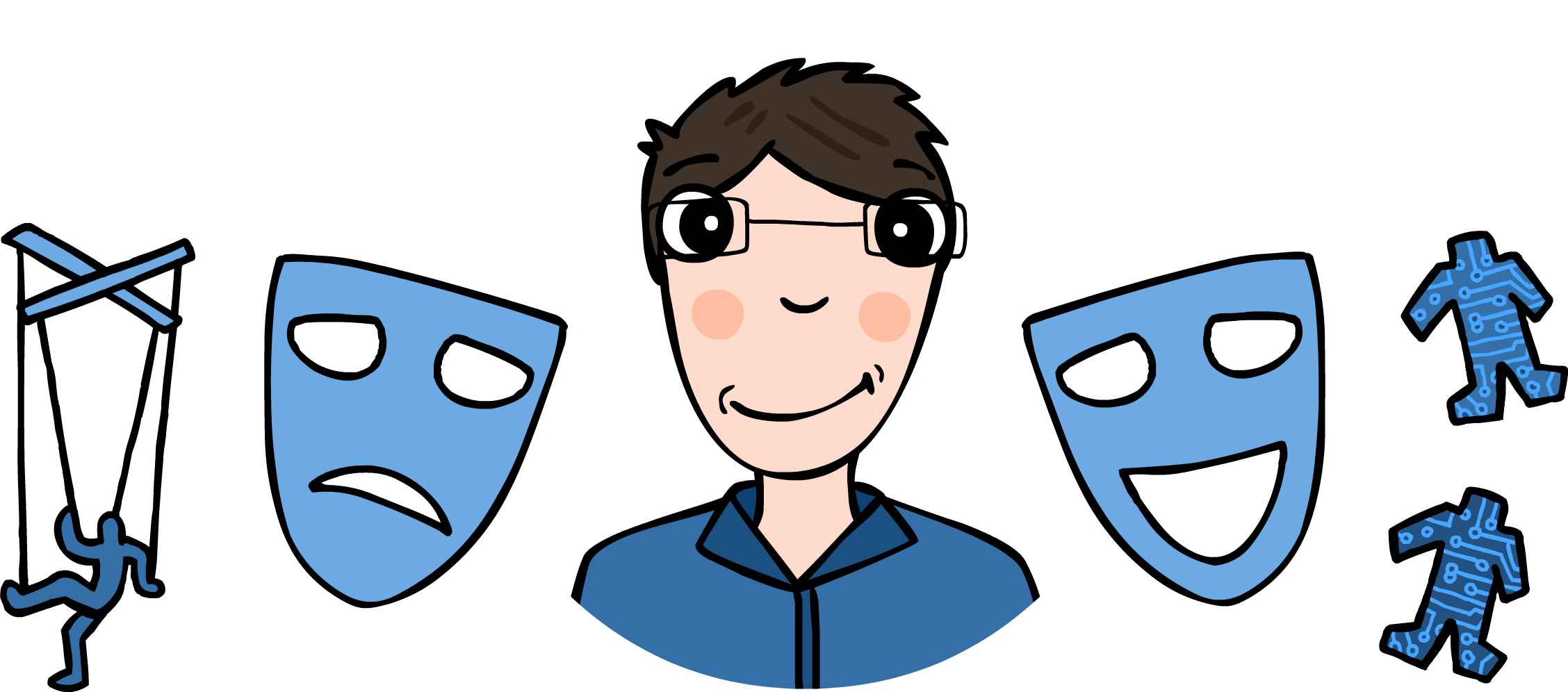Dolls and Maquettes
I’ve already written quite a few posts about why I don’t consider JavaBeans real objects. For instance, I think we agreed here and here that model objects are mere syntax sugar and we might as well not have them at all, they are useless abstractions that do not offer any functionality. Instead, the objects’ interfaces should be our model.
Nevertheless, let’s try one more time, this time through a little metaphor and some imagination. Yes, I believe that, in order to be good OOP programmers, we need imagination and the ability to visualise how objects are working together, something a little more than UML diagrams.


One more way we can look at model objects is the following: they are either dolls (User, Student, Partner etc) or maquettes (Car, Phone, Book etc). Question is, how can we work with them, how do they help us solve any problem? The answer is simple: we can do nothing with them and they don’t help us in any way other than offering some readability. They just sit around, waiting for some helper method or WhateverService class to do something with them, our job being to design that method and that service, procedural code that hopefully will work. We are the ones working to accommodate the models.
But why can’t they work for us? Why can’t we design them so they move, thus liberating us from the burden of having to cater for them, having to write all those procedures for them? With this mindset, we won’t sit around trying to fix a 500 LoC method, or trying to figure out how to test that Service class. Instead, our work will be much more like the one of an engineer: we will have to design, implement, test and fix objects, not procedures, not spaghetti code.
Here is how I see it: an engineer and a software developer are given the same task: they each have to build a Car. The engineer will build a real Car which will actually move, accelerate etc. On the other hand, the software developer will just look at the requirement, cast a model of a Car and then proceed to build all sorts of tools around that model, that should make it move and gain some speed… I personally imagine a room filled with beams and strings attached to the lifeless model. Also, there would probably be a lever that would have to be operated by someone in order for the “car” to do something – all those beams, strings and the lever are the helper methods and service classes from an application’s code.
The software developer did not actually build a Car, because he didn’t understand the principles applied by the engineer, which are: abstraction, encapsulation, decoupling, cohesion etc. Object orientation was supposed to take the principles used by the engineer and bring them in the coding/software development realm. However, thinking in a procedural manner, our developer merely managed to make the maquette of a Car somewhat behave like a real one - even if the developer managed to follow all the clean code recommandations, his/her final work would still not be a real car: it would still be a lifeless model “operated” by some beams and strings, just maybe with some good cable/beam management.
The comparison may sound crazy but that’s what it is: instead of teaching them real, practical engineering principles, mainstream OOP just gave people the tools necessary to put a label on their data while letting them maintain their procedural way of thinking. Instead, real object orientation is a complete switch of mindset: you go from the position of the manual worker to the position of the engineer who designs objects that actually solve issues, automate things.

So how can we begin writing such code? Well, the first step is to understand that any proper object must have an interface. I’ve written about that as well, but let me reiterate a few reasons:
- The interface is what the object is and can do. If it has no interface then it has no rules, no identity, no capabilities, it is just a bag of procedures;
- With an interface, we can decorate the object and in general, patterns are seen easier;
- We can have multiple implementations of it. It is easier to see that, instead of struggling to convert X to Y, we should add a new implementation of Y based on X;
- We can mock an interface, or have Fake implementations; etc.
Furthermore we should think about the behaviour more than anything else. If we have a Student and we give them a grade, that grade should instantly be visible everywhere it needs to be. We should be able to trust that the object will do its job as expected, no need to design a puppet that we would modify and then pass around for everyone to look at and do their job with:
//This is it, grade is given and it already made its effect everywhere
this.student.grade(10);
//as opposed to this:
this.student.setGrade(10);
this.service.updateRegistry(student);It is a complex process and, unfortunately, it is not easy to implement applications entirely in this fashion (certainly not big ones) simply because all the frameworks out there are based on the concept of “model”. We would probably have to reimplement everything from scratch. However, I believe it is still a big improvement if we implement at least the core of the application in an object oriented manner and let only the boundaries be procedural.

